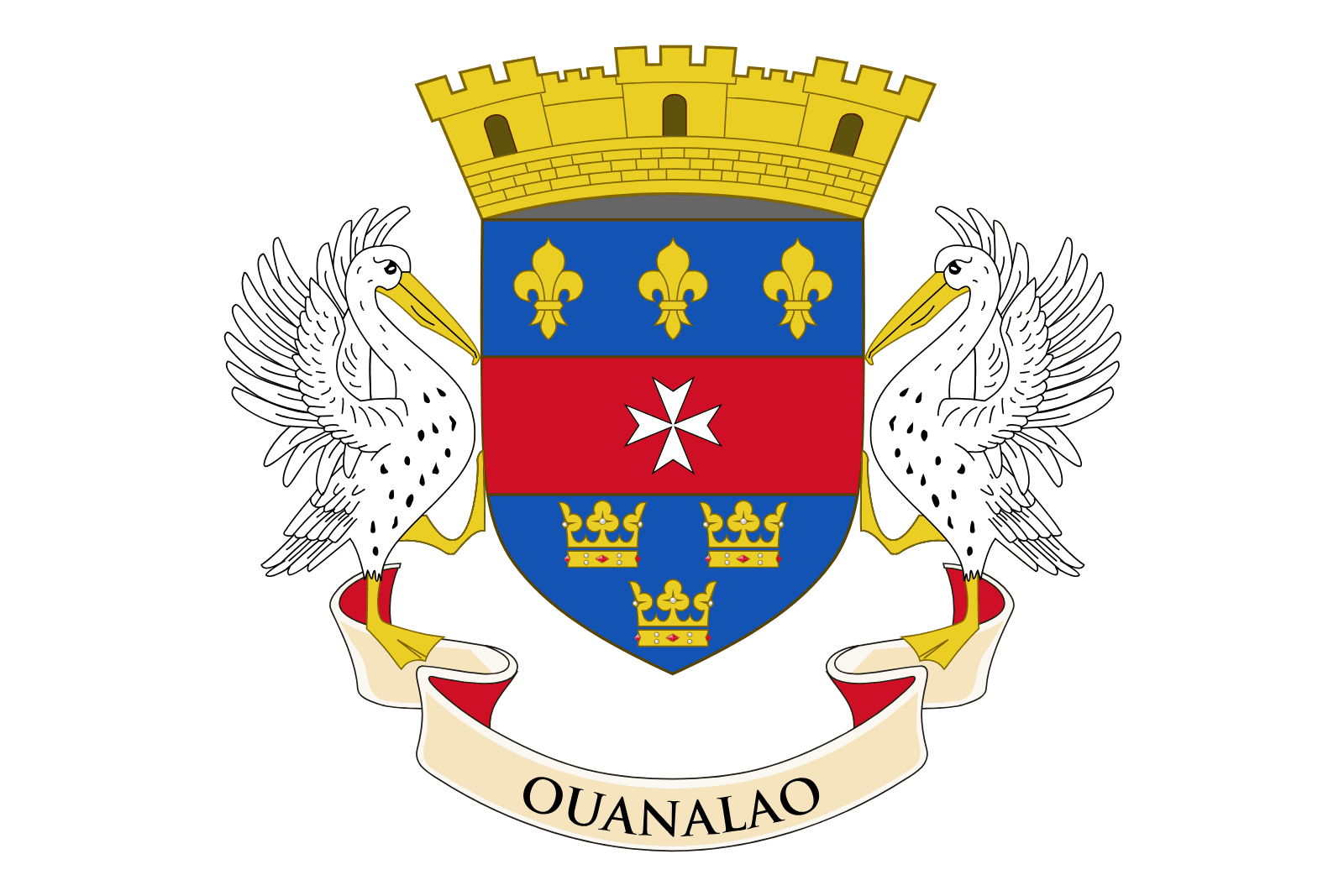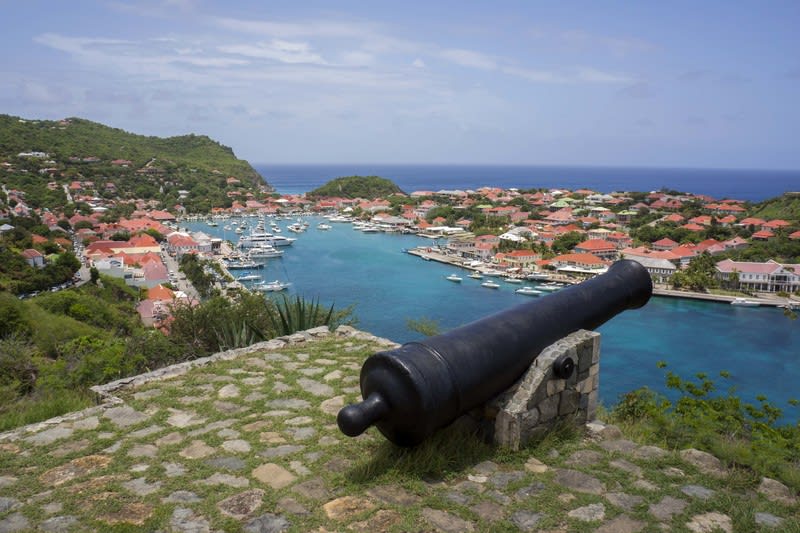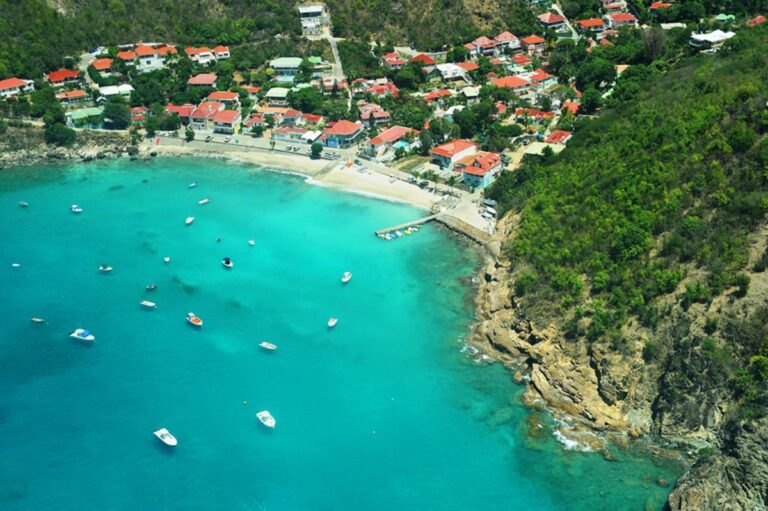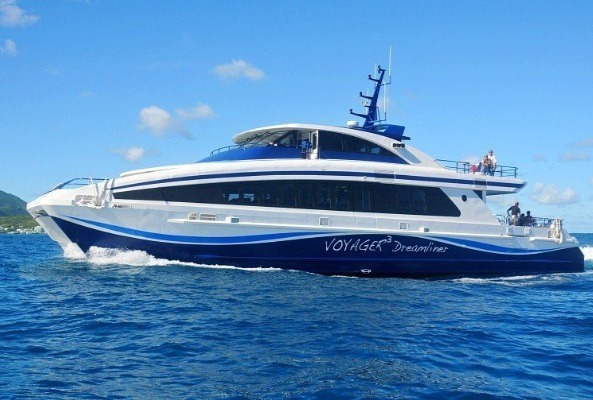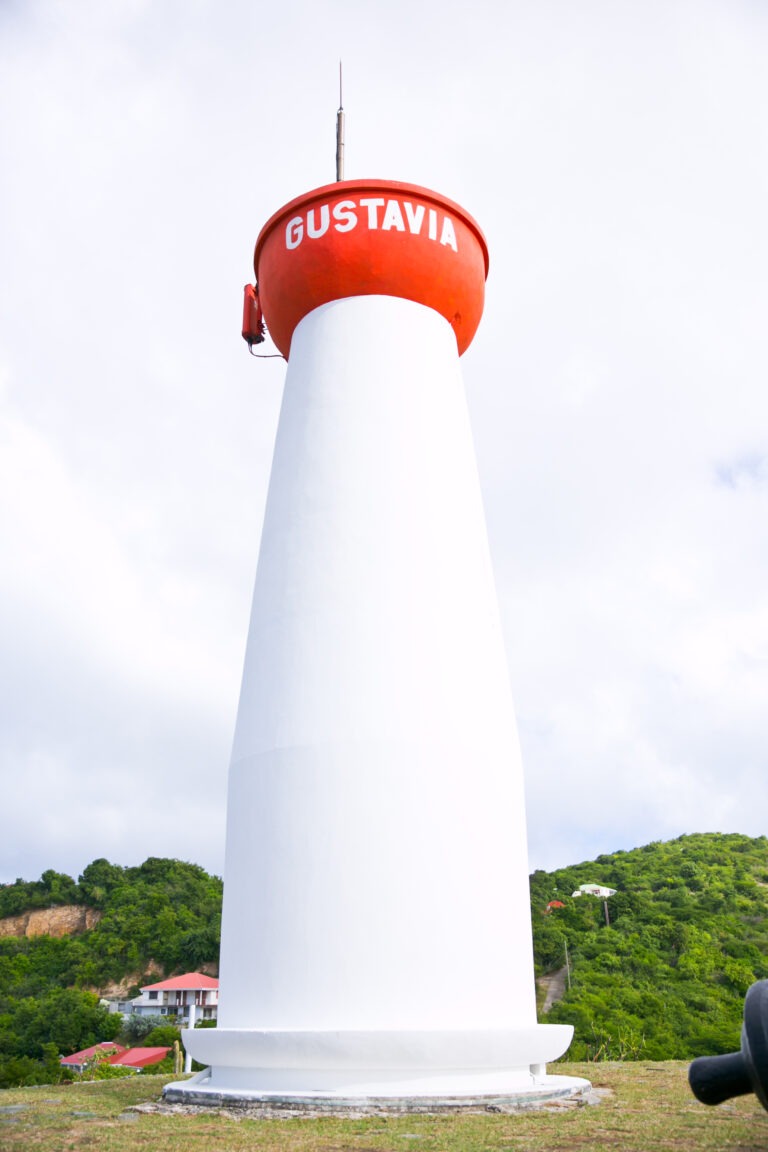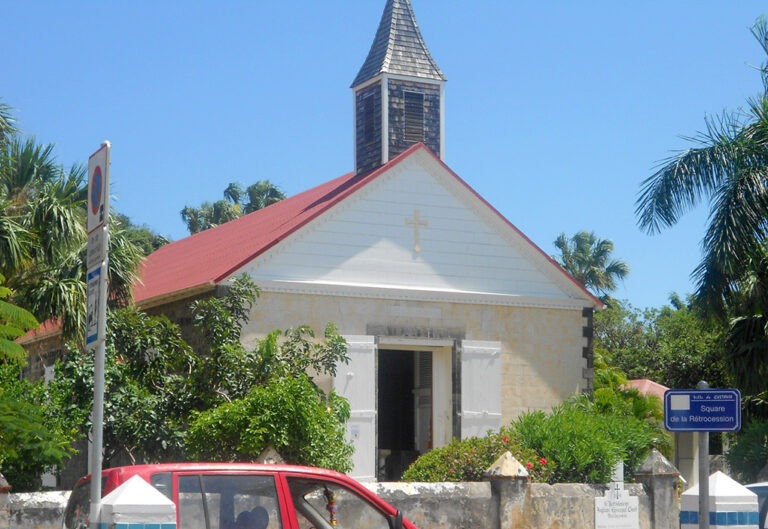Fort Gustav
Fort Gustav, often referred to as Fort Gustavia, is a historic fortification located on the island of Saint Barthélemy (St. Barts), a small French overseas collectivity in the Caribbean. Named after King Gustav III of Sweden, under whose reign the island flourished as a free port, the fort plays a significant part in the colonial history of the region. Its construction, military significance, architectural features, and subsequent transformations offer a rich narrative of resilience, strategic importance, and cultural amalgamation.
Historical Background
Saint Barthélemy was first claimed by France in 1648, but its real story of international relevance began when it was ceded to Sweden by France in 1784 in exchange for trading rights in Gothenburg. This marked the beginning of a Swedish era that lasted until 1878, when the island was sold back to France. During the Swedish period, the capital was renamed Gustavia in honor of the Swedish King, Gustav III. Fort Gustav, constructed during this time, was a key installation intended to protect the bustling port of Gustavia, the heart of the island’s economic activities.
Construction and Strategic Importance
Fort Gustav was constructed atop a hill overlooking the harbor of Gustavia, strategically positioned to guard against naval attacks. The fort was part of a broader defensive network that included several other fortifications around the harbor, such as Fort Karl and Fort Oscar. The choice of location for Fort Gustav was pivotal; from its vantage point, cannons could effectively control the approach to the harbor, deterring potential invaders and pirates who were rampant in the Caribbean waters during that era.
The fort was built using locally sourced stone, and its design was typical of the military architecture of the period. It included thick walls to withstand artillery, gun emplacements, and barracks to house troops. Over the years, Fort Gustav was armed with cannons of various calibers, demonstrating its role as a guardian of the Swedish crown’s interests in the Caribbean.
The Golden Age of Gustavia
Under Swedish rule, Saint Barthélemy became a prosperous free port, attracting merchants from across the globe. The neutrality of Sweden allowed Gustavia to thrive as a trading and re-supply point for ships of different nationalities, even during times of conflict. Fort Gustav, overlooking the warehouse-lined waterfront, stood as a sentinel ensuring the security that facilitated this bustling commerce.
During this golden age, goods such as sugar, rum, tobacco, and precious metals flowed through Gustavia, and Fort Gustav ensured the port remained a safe haven for international trade. The economic boom contributed to the fort’s importance, necessitating continuous maintenance and military readiness.
Decline and Restoration
The economic decline of Gustavia began as the harbor silted up and larger ships found it difficult to access the port. Additionally, the abolition of slavery in the mid-19th century led to a labor shortage, affecting local industries and plantation economics. By the time Sweden sold the island back to France in 1878, Gustavia’s importance had waned significantly, and with it, Fort Gustav’s strategic relevance diminished.
For decades, Fort Gustav, like much of the island, fell into neglect. However, the late 20th century saw a revival of interest in Saint Barthélemy’s heritage. Fort Gustav, a witness to the island’s historic fluctuations in fortune, became a focal point for conservation efforts. Restoration works were undertaken to preserve its structure and make it accessible to the public. Today, while much of the original fortification has been lost to time, key elements such as some of the cannon batteries and the remnants of walls have been preserved.
Fort Gustav in Contemporary Times
In contemporary Saint Barthélemy, Fort Gustav serves as a historical landmark and a tourist attraction. Visitors to the fort can explore the remnants of its military past and enjoy panoramic views of Gustavia harbor. Informational plaques and guided tours offer insights into its historical significance and the broader history of the island.
The fort also serves as a cultural venue for local events and ceremonies, symbolizing a bridge between the past and present. It stands not only as a reminder of the island’s Swedish era but also as a testament to the island’s resilience and its ability to adapt and thrive through changing sovereignties and economies.
Conclusion
Fort Gustav’s story is intricately linked with the history of Saint Barthélemy, reflecting the island’s journey through colonial ambitions, economic prosperity, and periods of obscurity. Today, the fort is emblematic of the island’s rich heritage, attracting those who wish to delve into its past and experience the breathtaking views that once made it a key military outpost in the Caribbean.
As Saint Barthélemy continues to evolve as a premier tourist destination, Fort Gustav remains a poignant historical symbol, offering a unique perspective on the island’s multifaceted history, from its time as a Swedish stronghold to its current status as a French overseas collectivity, cherished for its beauty and vibrant culture.

